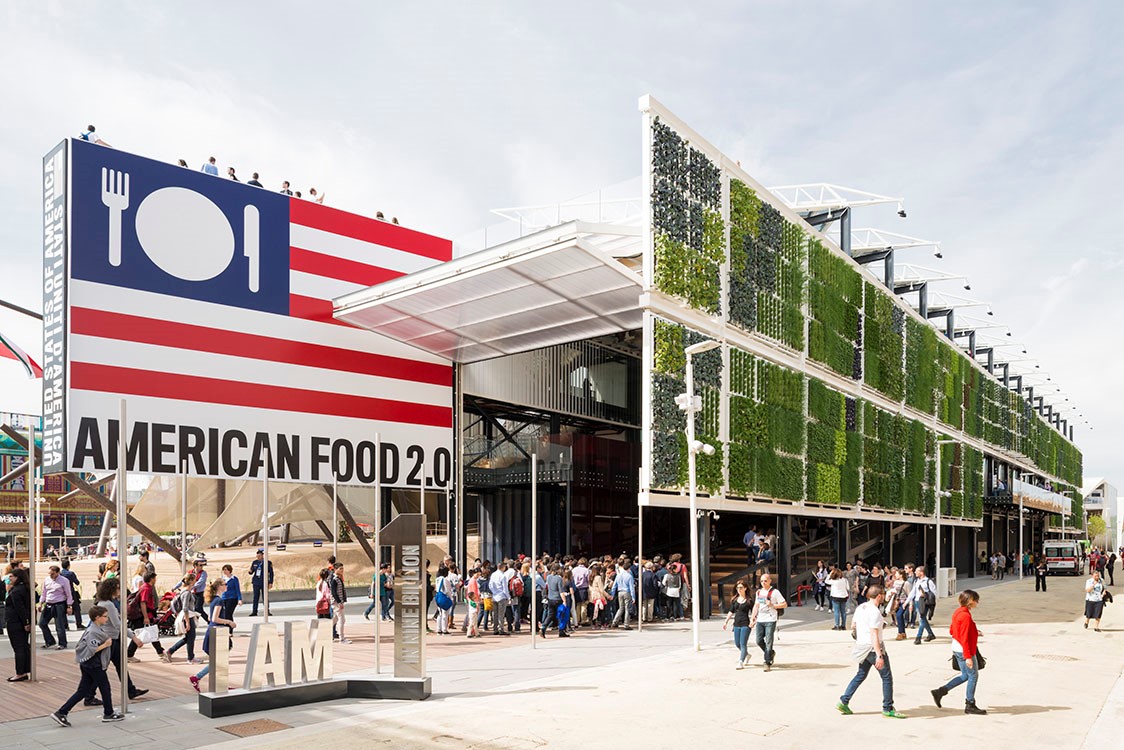UWLA Spring PAC LectureSusannah Drake: Creation of 21st Century Public Infrastructure: Beauty, Economics, Politics, Ecology 
Susannah C Drake is the founding principal of DLANDstudio Architecture and Landscape Architecture. The internationally recognized firm, winner of the 2014 AIA New Practices New York Award, is the recipient of City, State, and National AIA and ASLA Awards for their work. In 2013 Susannah was awarded the AIA Young Architects Award and Fellowship in the ASLA, and was recognized as an Architectural League Emerging Voice. Susannah is a former President and Trustee of the NYASLA, Trustee of the Van Alen Institute, and studio professor at Cooper Union, Harvard University, Syracuse, Washington University, and Florida International University where she was the Cejas Scholar. In 2015 she was invited back to Middlebury College as the Cameron Visiting Architect. Susannah currently holds the Morgenstern Chair at the Illinois Institute of Technology. She has received numerous grants and awards for adapting infrastructure corridors for storm water capture, climate resilience and park creation. Susannah lectures globally about resilient urban infrastructure. Her work is in the permanent collection of the Museum of Modern Art and the Cooper Hewitt, Smithsonian Design Museum. DLANDstudio’s current projects include QueensWay, MoMA Rising Currents, BQGreen, and Gowanus Sponge Park. Susannah received a BA from Dartmouth College in 1987 and MArch and MLA from the Harvard University GSD. She is both a registered architect and a registered landscape architect. Like many cities around the world, New York was settled because of its strategic position in relation to natural geography. Physical conditions of the landscape facilitated access, resource extraction, management and trade. Almost 400 years after its founding, the shape of the landscape has been transformed in relation to economic, technological, and cultural forces. Filling in swamps and shallow coastlines, managing clean and dirty water, dredging rivers, developing industrial canals, constructing transportation systems--including elevators, roads, train lines, and airports--all created forms of infrastructure that enabled increased development and density. The systems that shape our city often serve a singular purpose solving a limited set of problems in a very utilitarian manner. Land is scarce and valuable, so the repurposing of the newly valued territory created by singularly functioning or defunct infrastructure presents the next frontier in urban design. This lecture will offer one (1) LA CES credit. Please register here if you wish to receive credit. |
